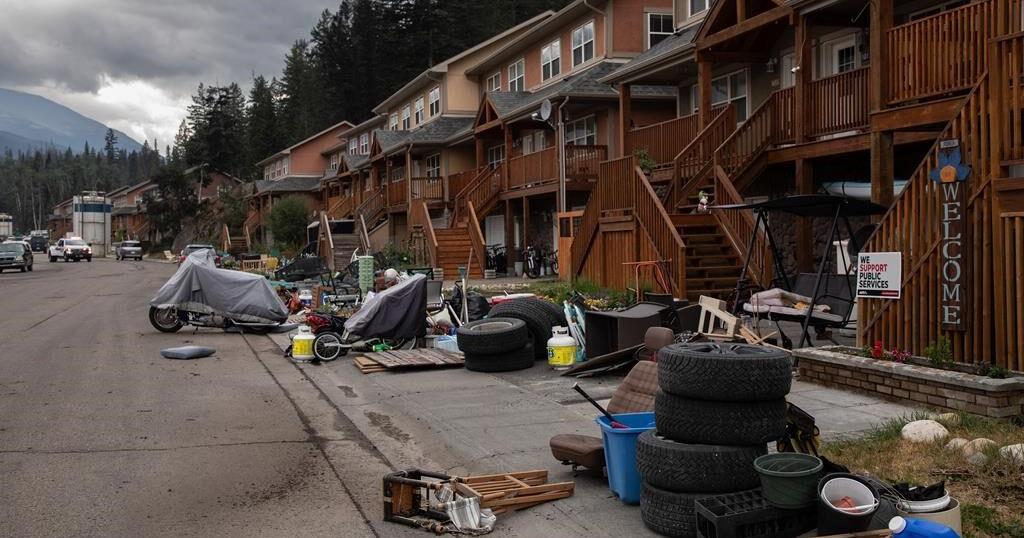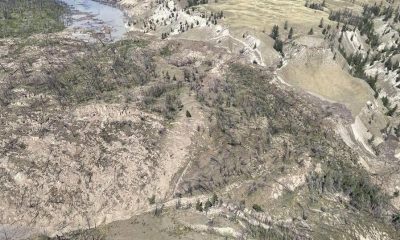TORONTO – A coalition of Ontario developers has written to three levels of government to ask for a reduction in taxes on new housing, saying it will pass on those savings dollar for dollar to homebuyers.
The new group, called the Coalition Against New-Home Taxes, or CANT, is composed of 18 developers who collectively plan to build 100,000 new housing units over the next 10 years.
The coalition wants to see federal and provincial governments remove the harmonized sales tax on all new housing, as they have done for rental housing construction. It would also like the province and the City of Toronto to eliminate the land-transfer tax on new construction homes.
The coalition would also like to see municipalities reduce development charges to 2009 rates, adjusted for inflation.
“We came to the realization that something’s got to change and we started thinking about creative ways to bring government to the table to have an honest conversation and find solutions together,” Matt Young, president of Republic Developments who is spearheading the coalition, said in an interview.
“And so we felt that one way to do that would be to sign a pledge that says for every dollar of taxes cut, this group of developers would cut their prices dollar for dollar to ensure that savings are passed on to homebuyers.”
The group includes Alterra, Harlo Capital and Stafford Developments, among others.
In 2009, taxes accounted for about 12 per cent of the cost of an average condominium in Toronto, the group said. Now, taxes account for about 29 per cent for the same home. Development charges alone are up 1,200 per cent over the past 15 years, they say.
“Now because of higher interest rates, the system has broken,” the coalition said in its letter sent Wednesday to the federal government, the province and the City of Toronto.
“For years, all levels of government have raised revenue off the growing cost of housing. If left uncorrected, high taxes on new homes will put further strain on housing supply in the coming years.”
The letter warns of job losses in the home construction industry and a hurting economy should nothing change.
“To solve the affordability crisis today, your governments must take bold action to make homes cheaper to build and cheaper to buy,” the coalition said.
“We will accept any accountability measures the government wants to implement in order to ensure that savings get passed on to Canadians and homebuyers,” Young said.
His company, which is building or planning to build numerous condominiums in Toronto, has seen a marked slowdown in sales beginning last fall.
“Housing is unviable today,” he said. “You can’t sell it low enough to get sales and still make money and if you can’t make money or can’t meet a certain margin, banks won’t finance your projects, which means all projects for the most part are pretty much stalled.”
Ottawa and Ontario have taken numerous legislative steps to try to kick-start the construction of badly needed housing projects. A combination of soaring home prices over the past decade – especially during the pandemic – and a steep increase in interest rates has stalled many projects.
Recently released data from the Canada Mortgage and Housing Corporation show housing starts across Ontario in June are down 44 per cent compared to one year ago.
Material and labour costs have also increased significantly in recent years.
“There’s no shortage of people who want to buy homes, but there’s a shortage of people who can afford the homes that are available,” Young said.
Municipalities across Ontario are not sold on the proposal from the developer group if it means reducing development charges. The province passed a law in 2022 that cut development charges developers had to pay municipalities for infrastructure such as roads, sewers and water.
The Association of Municipalities of Ontario estimated the changes would leave municipalities with a $10-billion hole over 10 years. The province later walked many of those changes back, but the association says they still represent a $2-billion hole over the same time frame.
“The reason that the development charges are going up is for precisely the reasons that the developers have outlined, all of these input costs are going up,” said Lindsay Jones, the association’s director of policy.
“The answer cannot just be cutting development charges without a new source of funding to fund infrastructure because with that you’re not going to be able to get more houses built.”
Despite that difference, municipalities are encouraged to be at the table with developers in an effort to find a solution to put a dent in the housing affordability crisis, Jones said.
“It is really unique that everybody has the same conception of the problem and is committed to that same goal of achieving housing affordability and that’s an opportunity that we see that we can really kind of collectively take advantage of,” she said.
This report by The Canadian Press was first published Aug. 1, 2024.























